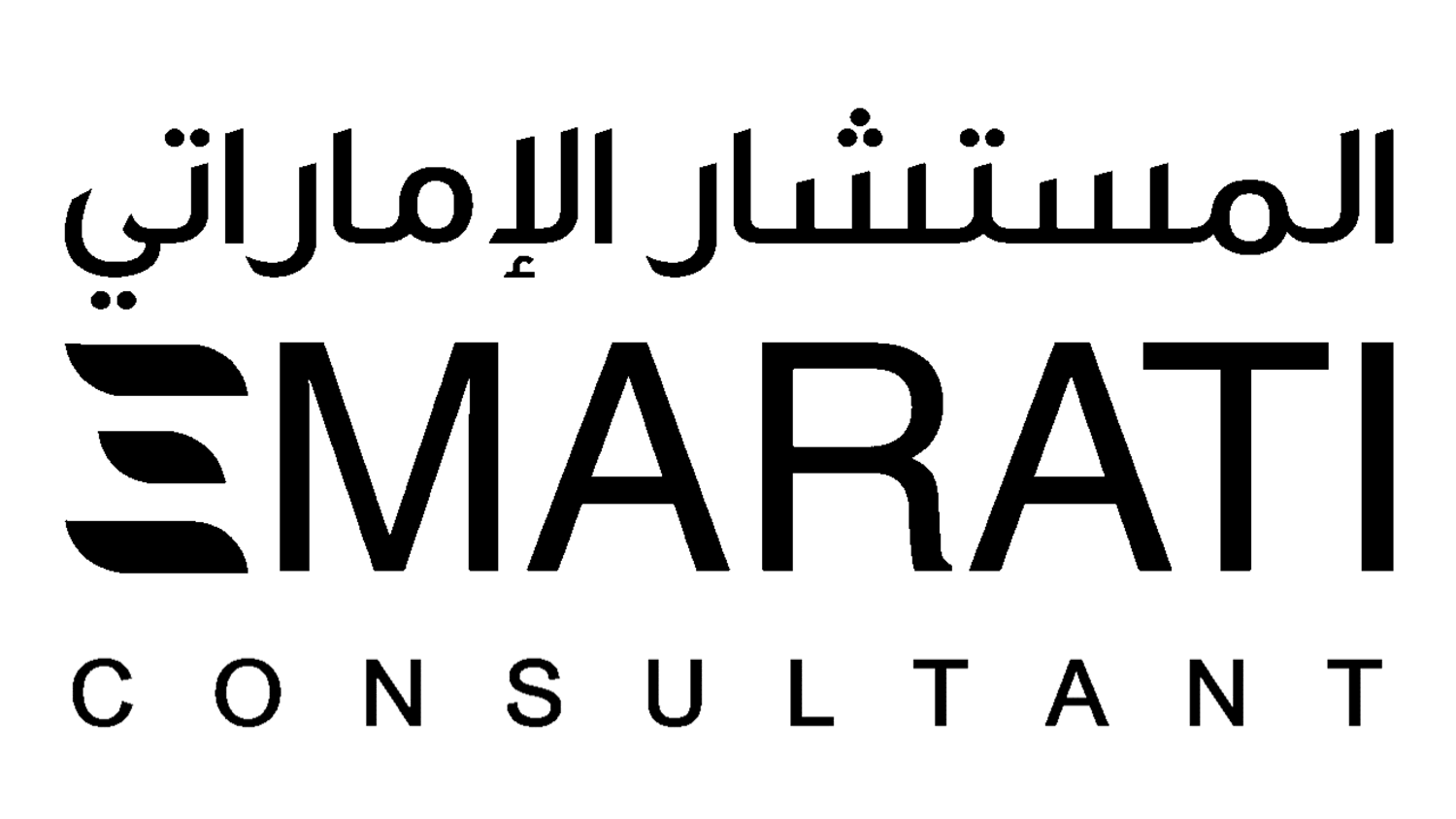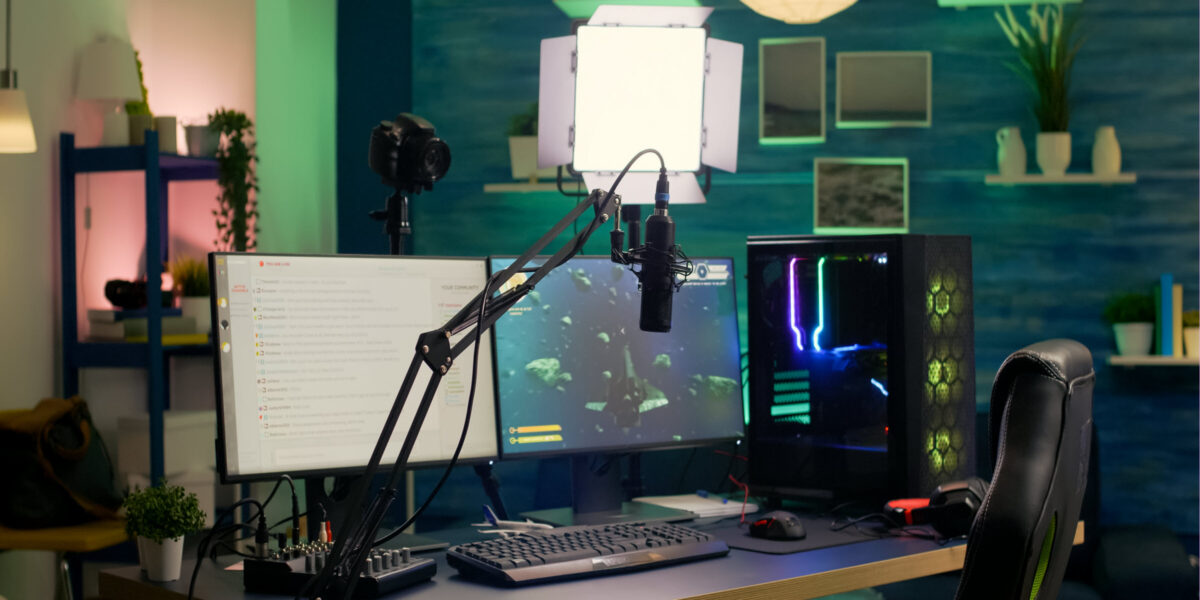Why Choose this Training Course?
This course is designed to provide you with the essential skills and knowledge required to create captivating anime productions. Whether you are a beginner eager to dive into the world of anime or an experienced artist looking to refine your craft, this comprehensive course will guide you through the intricate process of anime production, from initial concept to final animation.
This training course will highlight the following:
-
1. Comprehensive Understanding of Anime Production
- History and Industry Insights: Gain a comprehensive understanding of the history, evolution, and cultural significance of anime, as well as insights into the anime industry’s structure, workflows, and trends.
2. Strong Emphasis on Character Design and Development
- Character Design Principles: Master the principles of character design, focusing on creating visually appealing and expressive characters that fit within the narrative and stylistic conventions of anime.
- Genre-specific Design: Learn to design characters for different genres of anime, ensuring they resonate with the target audience and enhance the storytelling.
3. Practical Experience in Storyboarding and Scene Planning
- Effective Storyboarding: Develop skills in creating detailed storyboards that effectively communicate visual and narrative ideas, laying the foundation for smooth and engaging animation.
- Scene Planning Techniques: Gain hands-on experience in planning scenes and sequences, learning how to structure anime productions for maximum impact.
4. Proficiency in Animation Techniques
- 2D Animation Basics: Master the fundamental principles of 2D animation, including timing, spacing, and keyframing, essential for creating captivating anime.
- Introduction to 3D Animation: Gain an introduction to 3D animation techniques and how they can be integrated into anime, expanding your creative possibilities.
5. Software Proficiency and Workflow Optimization
- Industry-standard Tools: Become proficient in using industry-standard animation software such as Toon Boom Harmony, Adobe Animate, and Clip Studio Paint, empowering you to bring your creative visions to life.
- Efficient Workflow: Learn tips and tricks for efficient workflow and project management within animation software, ensuring smooth production processes and timely deliveries.
6. Integration of Voice Acting and Sound
- Voice Acting Basics: Understand the basics of voice acting for anime, including casting, directing performances, and recording techniques, to bring characters to life with authentic and emotive performances.
- Sound Integration: Learn how to synchronize voice tracks with animation and integrate sound effects and music to enhance the overall production and immerse viewers in the anime world.
7. Hands-on Experience in Anime Production Pipeline
- Pre-production Processes: Engage in pre-production activities such as concept development, scriptwriting, and planning, laying the groundwork for successful anime productions.
- Production Techniques: Gain practical experience with production techniques, including animating, directing, and editing, to bring your creative vision to fruition.
- Post-production Activities: Learn about post-production processes such as compositing, sound design, and final output, ensuring your anime projects are polished and ready for distribution.
8. Real-world Projects and Portfolio Development
- Practical Assignments: Apply learned skills to real-world scenarios through practical assignments that challenge you to create compelling anime content.
- Final Project: Create a short anime project from start to finish, demonstrating your comprehensive understanding of the entire production process and showcasing your creativity and technical proficiency.
- Professional Portfolio: Develop a professional portfolio that showcases your best work, positioning you for success in the competitive world of anime production.
What are the Goals?
1. Understand Anime Production Fundamentals
- History and Evolution: Gain a comprehensive understanding of the history, evolution, and cultural significance of anime.
- Industry Overview: Learn about the anime industry, including key studios, genres, and market trends.
2. Develop Strong Character Design Skills
- Character Design Principles: Master the principles of character design, focusing on creating visually appealing and expressive characters.
- Genre-Specific Design: Understand how to design characters for different genres of anime, ensuring they fit within the narrative and stylistic conventions.
3. Master Storyboarding and Scene Planning
- Effective Storyboarding: Learn to create detailed storyboards that effectively communicate visual and narrative ideas.
- Scene Planning: Develop skills in planning scenes and sequences for smooth and engaging animation.
4. Acquire Proficiency in Animation Techniques
- 2D Animation Basics: Understand the fundamental principles of 2D animation, including timing, spacing, and keyframing.
- 3D Animation Introduction: Gain an introduction to 3D animation techniques and how they can be integrated into anime.
- Anime-specific Techniques: Learn techniques specific to anime, such as dynamic action sequences, exaggerated expressions, and unique stylistic choices.
5. Gain Software Proficiency
- Industry-standard Tools: Become proficient in using industry-standard animation software such as Toon Boom Harmony, Adobe Animate, and Clip Studio Paint.
- Efficient Workflow: Learn tips and tricks for efficient workflow and project management within animation software.
6. Understand Voice Acting and Sound Integration
- Voice Acting Basics: Learn the basics of voice acting for anime, including casting, directing performances, and recording techniques.
- Sound Integration: Understand how to synchronize voice tracks with animation and integrate sound effects and music to enhance the overall production.
7. Navigate the Anime Production Pipeline
- Pre-production Processes: Learn about pre-production activities such as concept development, scriptwriting, and planning.
- Production Techniques: Gain hands-on experience with production techniques, including animating, directing, and editing.
- Post-production Activities: Understand the importance of post-production processes, including compositing, sound design, and final output.
8. Complete Practical Projects and Build a Portfolio
- Practical Assignments: Engage in practical assignments that apply learned skills to real-world scenarios.
- Final Project: Create a short anime project from start to finish, demonstrating a comprehensive understanding of the entire production process.
- Professional Portfolio: Develop a professional portfolio that showcases your best work and demonstrates your skills to potential employers or clients.
9. Prepare for a Career in Anime Production
- Career Guidance: Receive guidance on building a career in anime production, including resume building, portfolio creation, and job search strategies.
- Industry Connections: Network with industry professionals and gain insights into the professional world of anime production.
Who is this Training Course for?
1. Aspiring Anime Creators
- Beginners: Individuals with little to no prior experience in anime production who want to learn the fundamentals and start creating their own anime projects.
- Recent Graduates: Graduates from animation, art, or related programs who wish to specialize in anime production.
2. Professional Animators and Artists
- Skill Enhancement: Professional animators and artists looking to expand their skill set to include anime-specific techniques and styles.
- Career Advancement: Experienced professionals aiming to advance their careers by taking on roles in anime production studios or creating independent anime projects.
3. Animation and Art Students
- Supplementary Education: Current students in animation, art, or film programs who want to supplement their education with specialized training in anime production.
- Portfolio Development: Students seeking to build a strong portfolio with anime-specific projects to showcase their skills to potential employers.
4. Independent Filmmakers and Creators
- Independent Projects: Indie filmmakers and content creators who are producing their own anime or animated series and need practical skills and knowledge to enhance their projects.
- Self-taught Artists: Self-taught artists and animators who seek structured education and professional guidance in anime production.
5. Multimedia and Film Professionals
- Cross-disciplinary Skills: Multimedia artists, filmmakers, and visual storytellers who want to expand their expertise to include anime production techniques.
- Project Diversification: Professionals looking to diversify their creative projects by incorporating anime elements.
6. Anime Enthusiasts and Hobbyists
- Passion Projects: Anime enthusiasts and hobbyists who are passionate about anime and want to learn how to create their own anime scenes or stories.
- Skill Development: Individuals with a love for anime who wish to turn their passion into a potential career by acquiring professional anime production skills.
7. Educators and Trainers
- Curriculum Development: Educators and trainers in animation and art studies who want to develop or enhance their curriculum with practical anime production knowledge.
- Professional Development: Teachers seeking to stay updated with current industry practices and bring new insights to their students.
8. Animation Studio Teams
- Team Training: Animation studio teams looking for professional development opportunities to enhance their collective skills in anime production.
- Collaborative Projects: Studios aiming to train their staff in anime-specific techniques to improve the quality and efficiency of their projects.
- Introduction to Anime Production
- History and evolution of anime
- Overview of the anime industry
- Key elements that define anime style and genre
- Character Design and Development
- Fundamentals of character design
- Creating expressive and dynamic characters
- Designing characters for different genres of anime
- Storyboarding and Scene Planning
- Principles of effective storyboarding
- Visual storytelling techniques
- Planning scenes and sequences for fluid animation
- Animation Techniques
- Basics of 2D animation
- Introduction to 3D animation in anime
- Keyframe animation and in-betweening
- Timing and motion specific to anime
- Software Training
- Introduction to industry-standard software (e.g., Toon Boom Harmony, Adobe Animate, Clip Studio Paint)
- Hands-on exercises and projects to practice animation skills
- Tips and tricks for efficient workflow
- Voice Acting and Sound Integration
- Basics of voice acting for anime
- Synchronizing voice tracks with animation
- Integrating sound effects and music
- Production Pipeline
- Overview of the anime production pipeline
- Pre-production: concept development, scriptwriting, and planning
- Production: animating, directing, and editing
- Post-production: compositing, sound design, and final output
- Project Work and Portfolio Development
- Practical assignments to apply learned skills
- Creating a short anime project from start to finish
- Developing a professional portfolio to showcase your work.
Session 1: 11:00-12:30 Dubai [UTC/GMT +4]
Break : 12:30 – 13:00 Dubai [UTC/GMT +4]
Session 2: 13:00 – 14:30 Dubai [UTC/GMT +4]
Certificate of Completion for delegates who attend and complete the course
COURSE REGISTRATION
Kindly email info@emaratic.com for registration or call +971 43 34 6009 for assistance
WANT TO KNOW MORE
Our Training Platforms

Digital Learning

Virtual Learning

Instructor-Led Learning

Blended Learning


